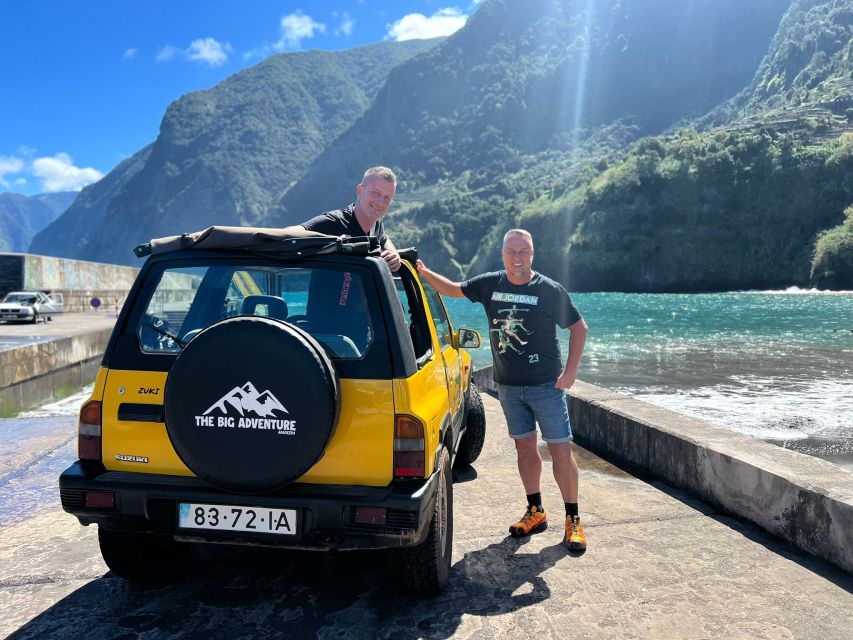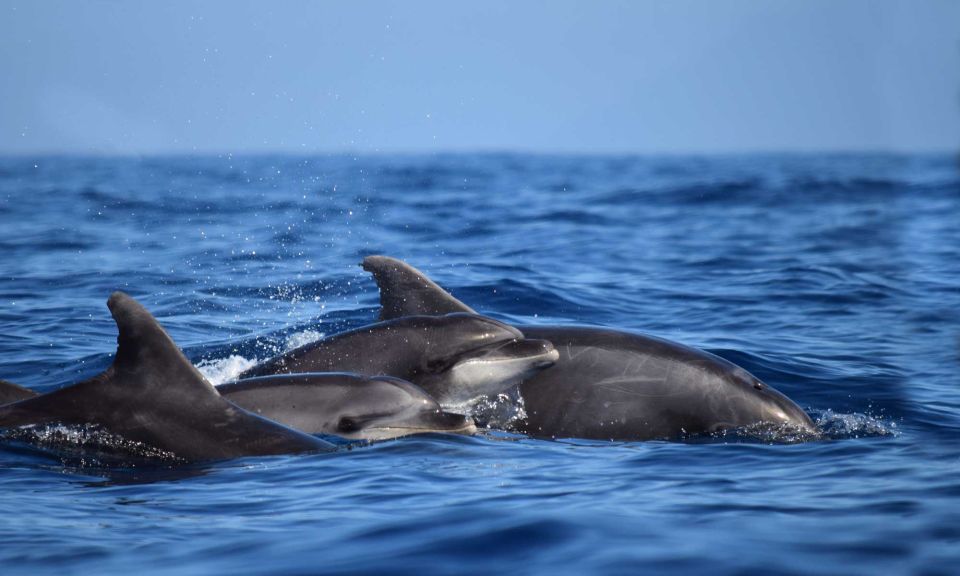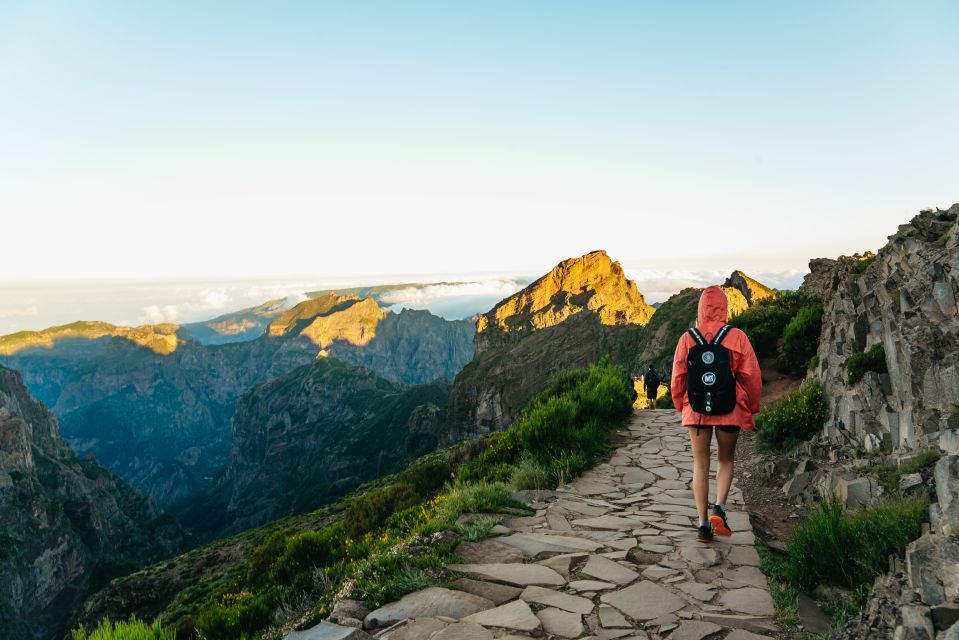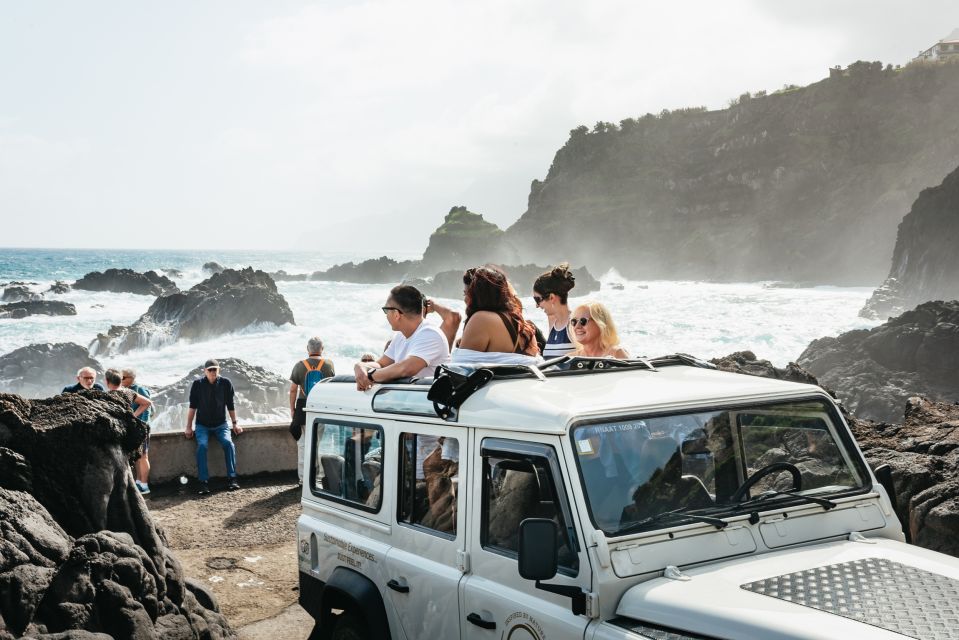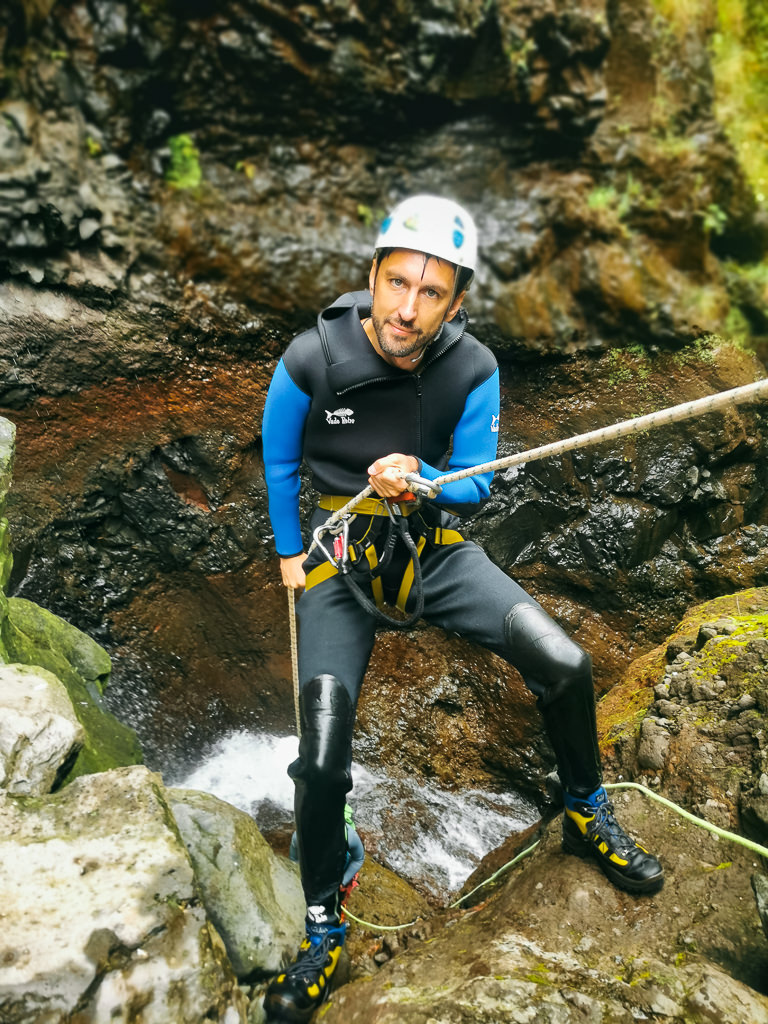Madeira doesn’t have any large museums and isn’t necessarily known as a museum destination (we’re not exactly in London or Paris here), but it does have several insightful small museums that are well worth a visit.
If you’re looking for something to do in Madeira on a rainy day or just want to learn more about the island and its history, we recommend several small museums.
Perhaps surprisingly, the best museums in Madeira are mostly outside Funchal. We suggest skipping the Story Centre in Funchal, which is a very bare-bones exhibit in dire need of maintenance. Other Funchal museums, such as the City of Sugar Museum or Natural History Museum, are probably more interesting for Madeirans than for tourists.
If you have your own car in Madeira, you’ll be able to visit better museums around the island.
We’ve selected the following museums (and museum-like attractions) based on how much insight they will give you into unique aspects of Madeira.
1. Banana Museum of Madeira (BAM)
This museum rarely gets mentioned on blogs, perhaps because it was opened fairly recently (in 2022). It is a wonderful little museum that provides insight into the banana cultivation in Madeira, both from a historical and contemporary point of view.
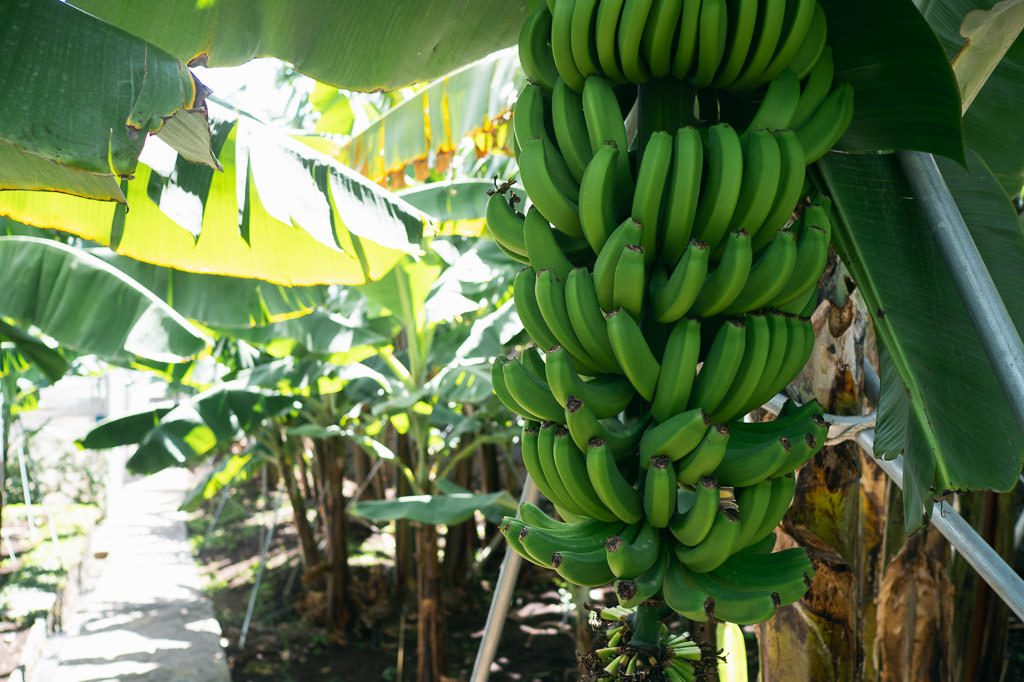
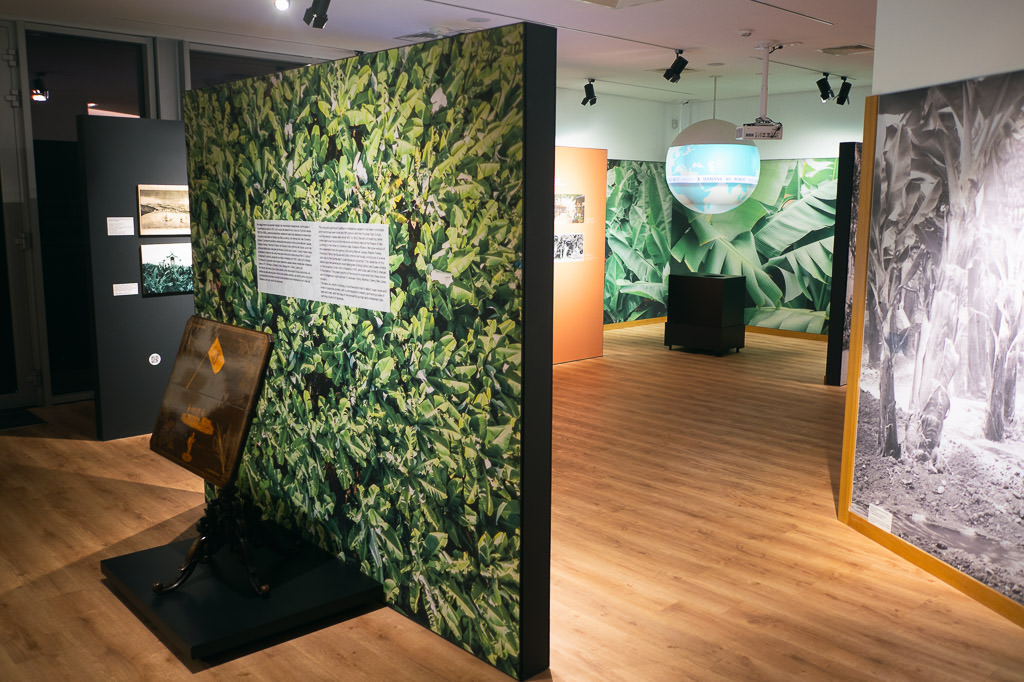
You’ll surely notice that the south of the island is bursting with banana plantations, especially around the village of Ponta do Sol, where the museum is based. Banana cultivation has been a key industry for Madeira for centuries and continues to be to this day. While you’re in Madeira you should definitely try the local variety, which is smaller but also sweeter than usual.
The Banana Musem of Madeira has a small indoor exhibit that gives a wonderful audiovisual impression of the history while also doling out (see what we did there?) some interesting banana facts. Included is a stereoscopic 3D video with a sensory experience showing how Madeira has the ideal characteristics for growing bananas.
You can check the exhibit yourself or take a free guided tour (by which we mean it’s included in the base price) that takes about 30 minutes. The tours are offered in English and other languages.
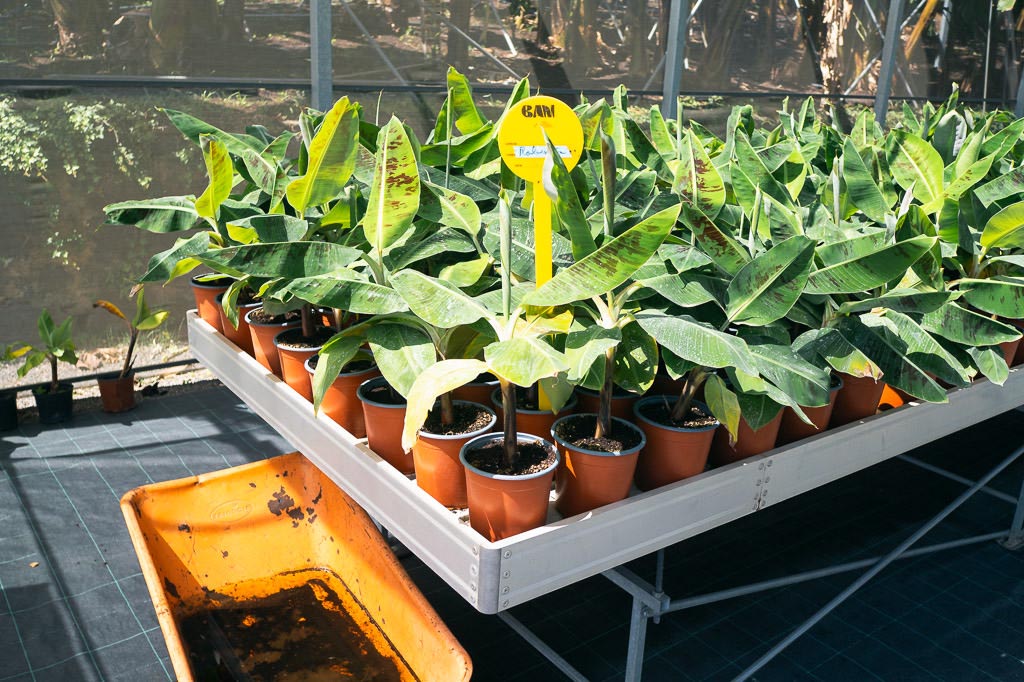
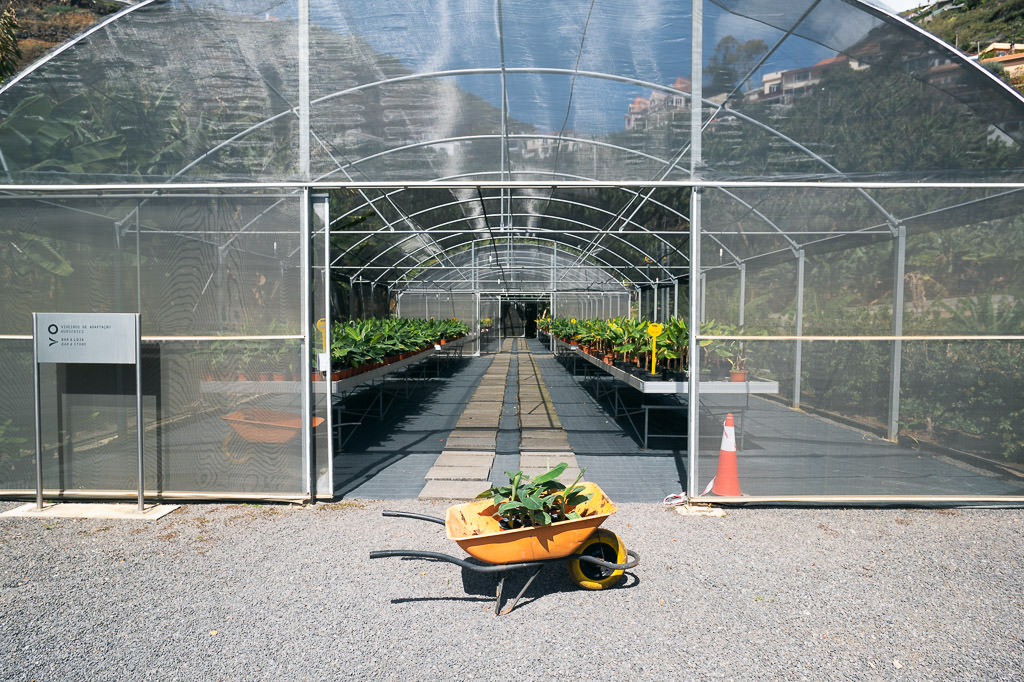
You are also permitted to wander around the orchards and nurseries where many saplings are grown. Besides being a museum, it’s also a working farm and research centre. A gift shop and cafe with a cosy terrace offer various banana-based products.
A visit should take at most about an hour.
Regular adult entry fee: €8
2. Whaling Museum of Madeira
Located in the village of Caniçal, which was once the epicentre of whaling in Madeira, this museum gives a fascinating look at the traditions and practices of whale hunting in the archipelago.
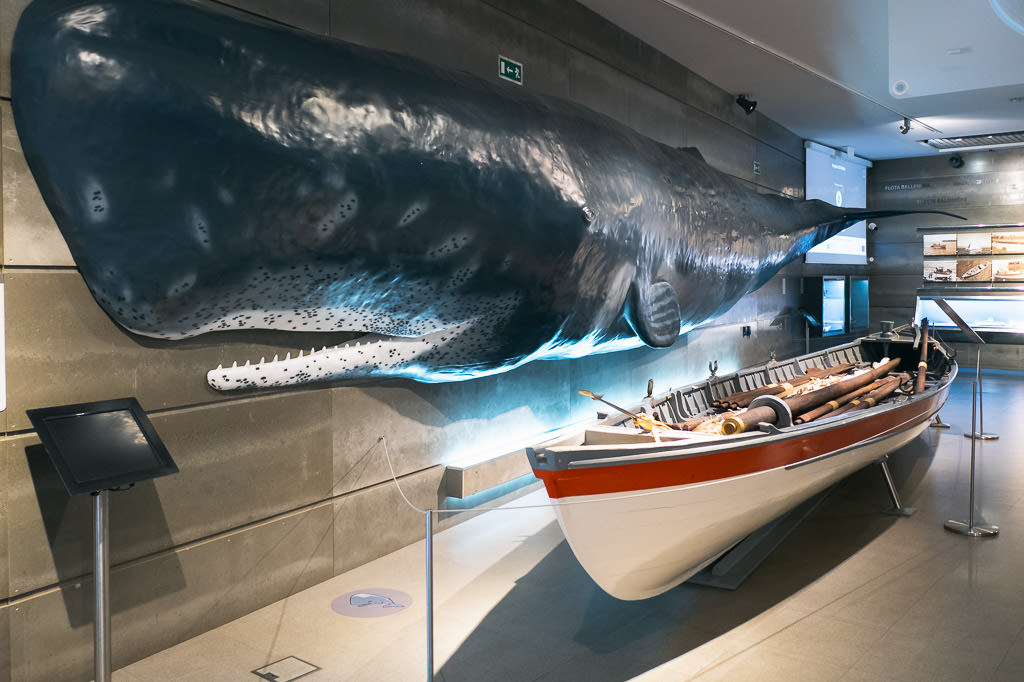
The Whale Museum of Madeira covers the entire history of the practice that officially ended in 1981. Part of the exhibit also looks at cetaceans and sea life in general, explains the evolution of ancient land mammals into various whale species, and talks about conservation efforts.
Yes, this museum is about killing whales, which you might consider sad. However, it’s best to approach the museum with an open mind. The practice began before species were endangered. In Madeira (and the Azores) traditional techniques were also used. You will surely come away with a sense of respect for the whalers who risked their lives to put food on the table.
The museum is very well put together, featuring full-scale models of various whales and dolphins, large video projections, stereoscopic 3D films, and audio clips that automatically play as you approach different exhibits.
There is nothing particularly graphic, so it’s a great museum for adults and kids alike.
A visit can take up to 2 hours depending on your level of interest.
Regular adult entry fee: €10
3. North Mills Distillery
The cultivation of sugar cane and the distillation of rum are both proud traditions in Madeira, and you’ll be able to learn more about it at Engenhos do Norte in Porto da Cruz.
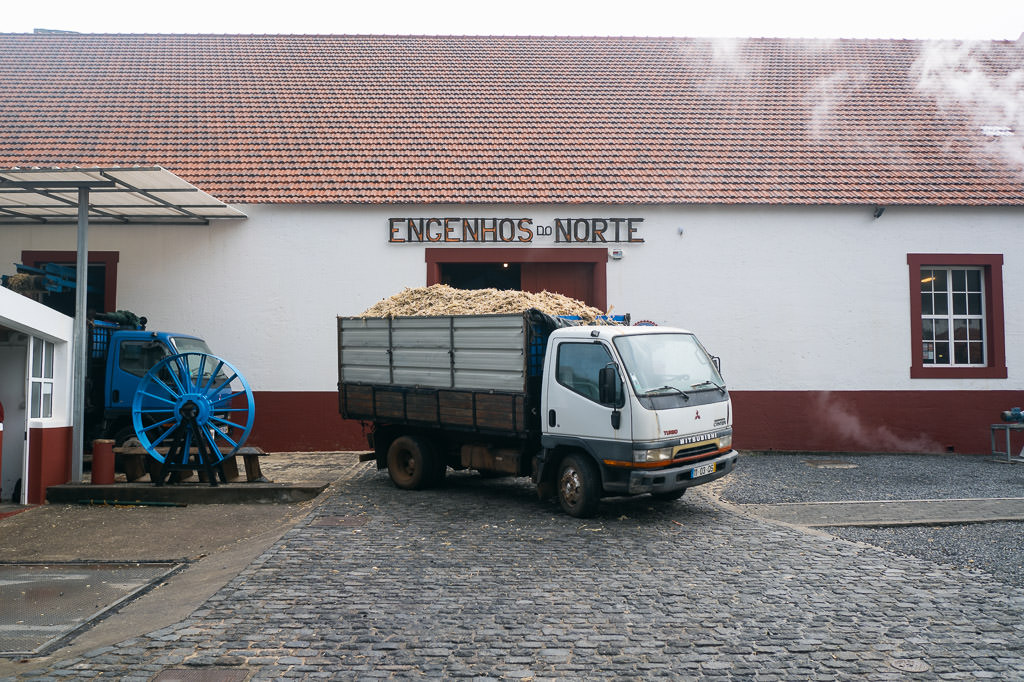
It’s not exactly a museum but a working rum factory, which can make it all the more interesting to visit. If you step inside on a weekday you will likely see trucks being unloaded and heaps of sugarcane being fed to the boilers and kettles with steam billowing out. March through May is the best time as that’s when the sugarcane is harvested, otherwise it will be quiet inside.
Many tours of Madeira make a stop here to explain a few things about the Madeiran rum and offer a tasting. Having a guide explain things is honestly rather essential as there is little information provided without it, so we recommend coming here with an organized group. You can also just enter the facility at any time, just don’t expect there to be anyone there to guide you.
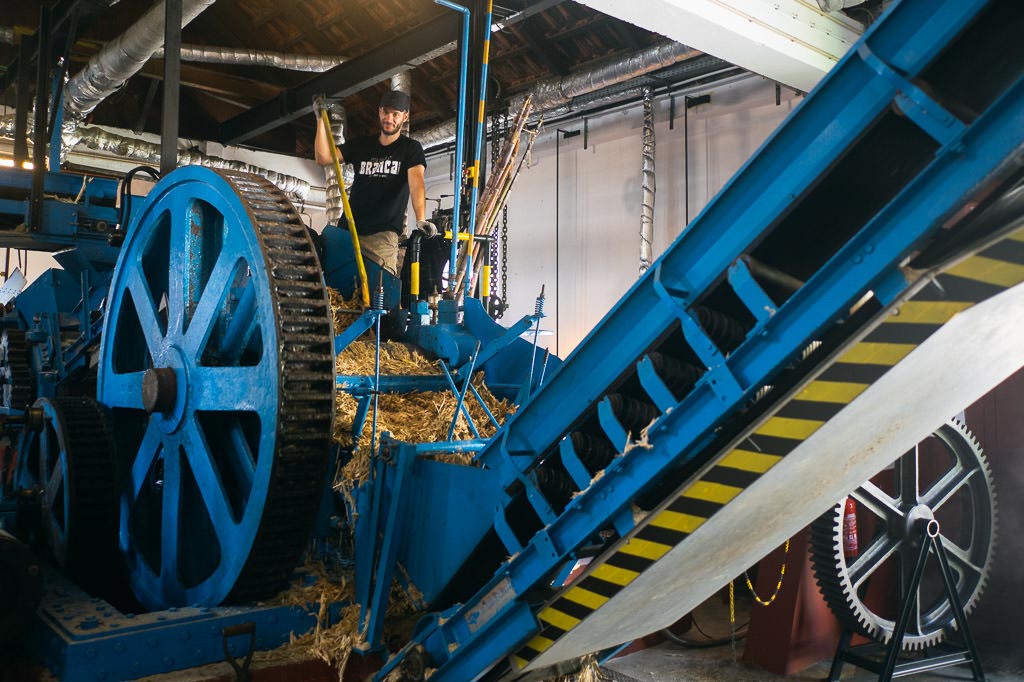
In a small adjacent cafe/shop, you can purchase a bottle of the good stuff, or just get a coffee with a dash of rum.
Without a guide, you’ll probably spend 20 to 30 minutes at most here. With a guide, up to an hour.
Entry is free.
4. Madeira Ethnographic Museum
For a broader look at the culture and history of Madeira, stop by the very well-put-together Ethnographic Museum in Ribeira Brava, which is housed inside a former mill for grinding sugarcane.
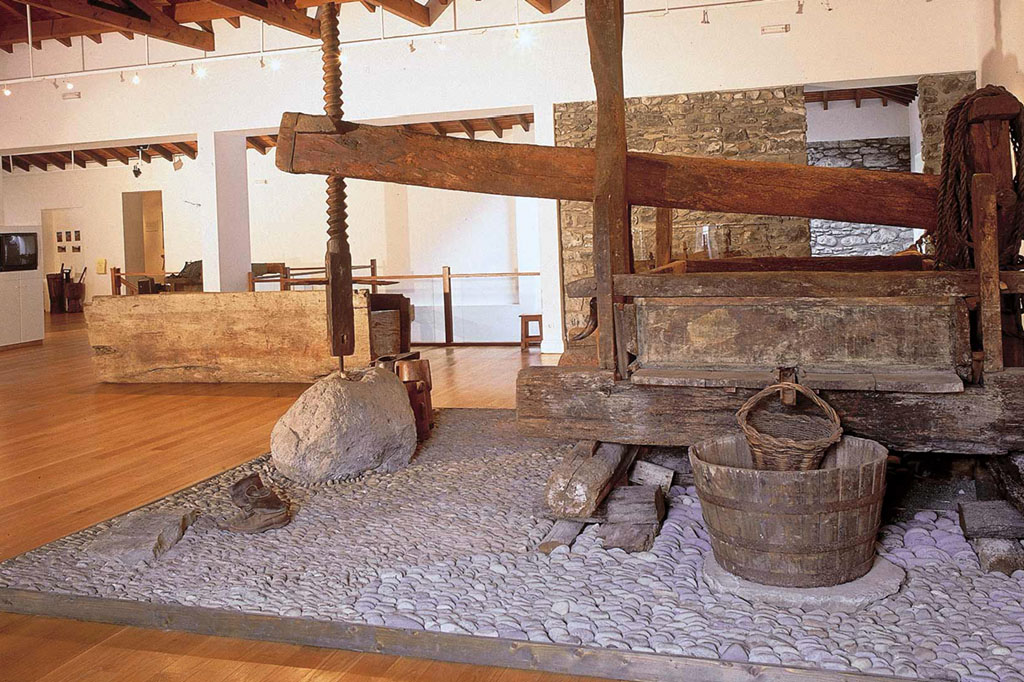
With plenty of authentic artefacts, insightful information panels (including in English), and a range of topics covered, you will learn how life on the island was before the modern era.
You’ll gain insight into the levada irrigation system of Madeira, the once-thriving weaving and basket-making industries, and the traditional Madeiran household, among other topics.
You can spend at least about an hour here.
Regular adult entry fee: €3
5. The Old Blandy Wine Lodges
Blandy is one of the most famous makers of Madeira wine and it operates this wine lodge as a commercial attraction. Within the labyrinthe lodge, you’ll find various exhibits and tasting rooms where you can learn more about the wine-making process and sample various vintages of Blandy’s.
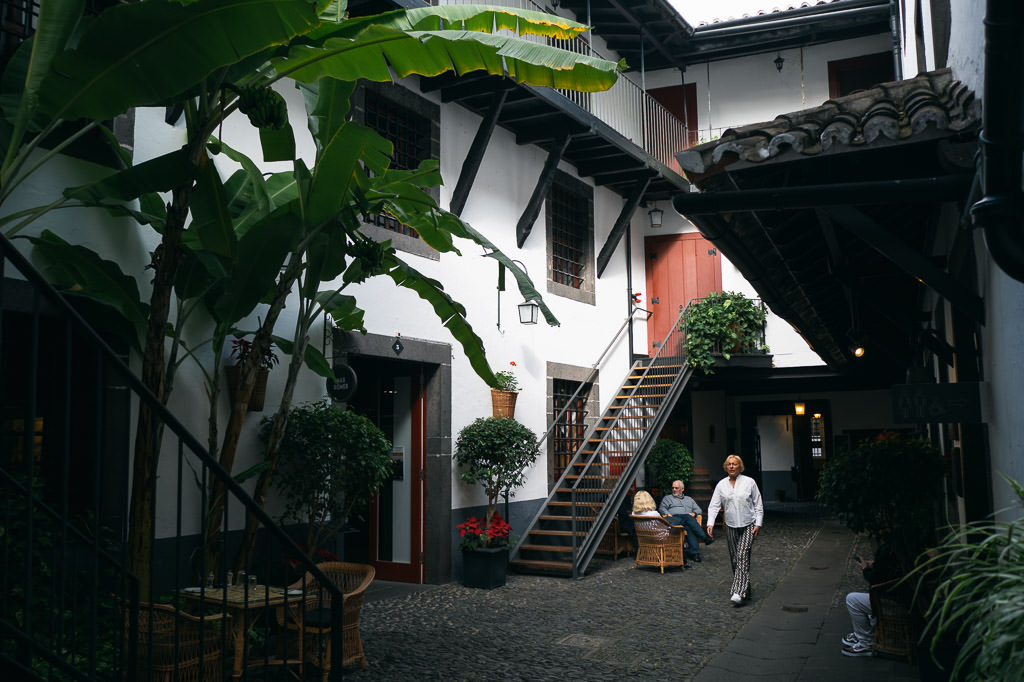
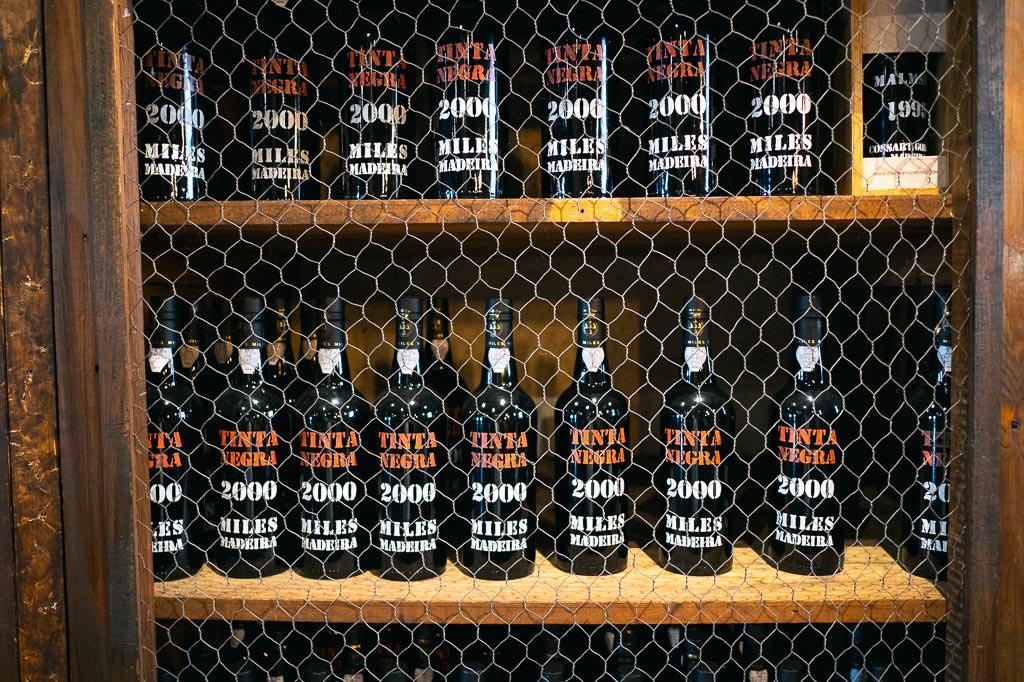
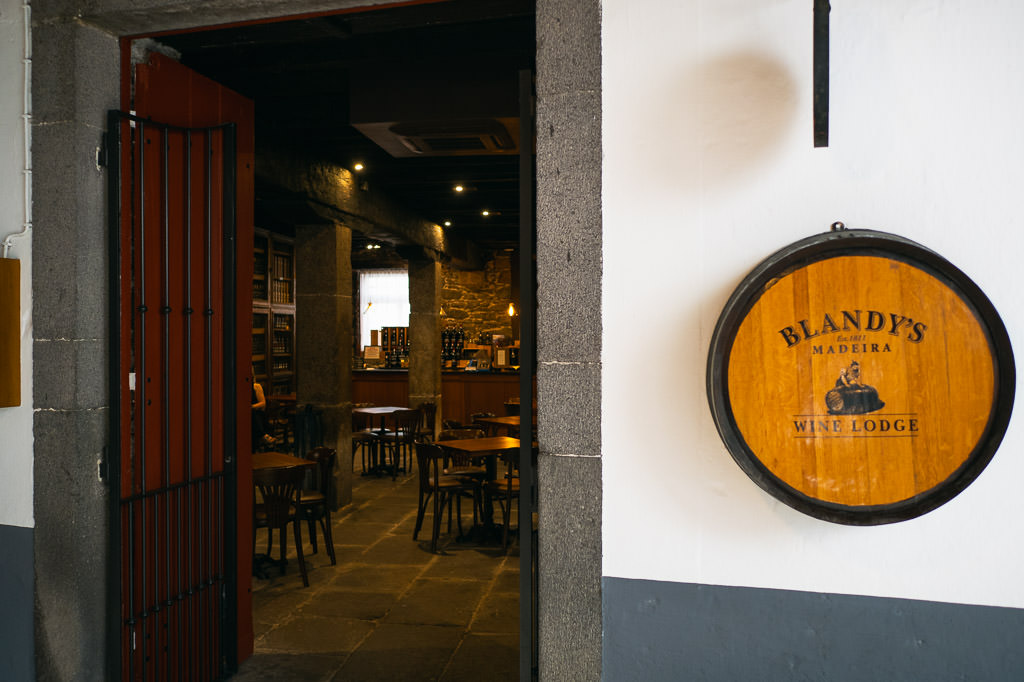
The ground floor is open to wander around for free, but you’ll need to go on a tour to access the exhibits and the storage areas with rows of oak barrels. The tours are perhaps a bit pricey, but they are quite insightful.
Besides the wines, you’ll learn about the Blandy family, which played a major role in the island.
If you won’t do the tour or if you just missed it, you can go to the tavern and order a flight of different wines and cheese board for about €20.
The premium tour costs €12.50 for 30 minutes and the vintage tour costs €25 for an hour.
Also worth a look…
We selected the above five museums because they cover various local aspects of Madeira.
There are a few other places we’ve been that were also pretty interesting (and we still have a few others left to visit, which we may add here later!).
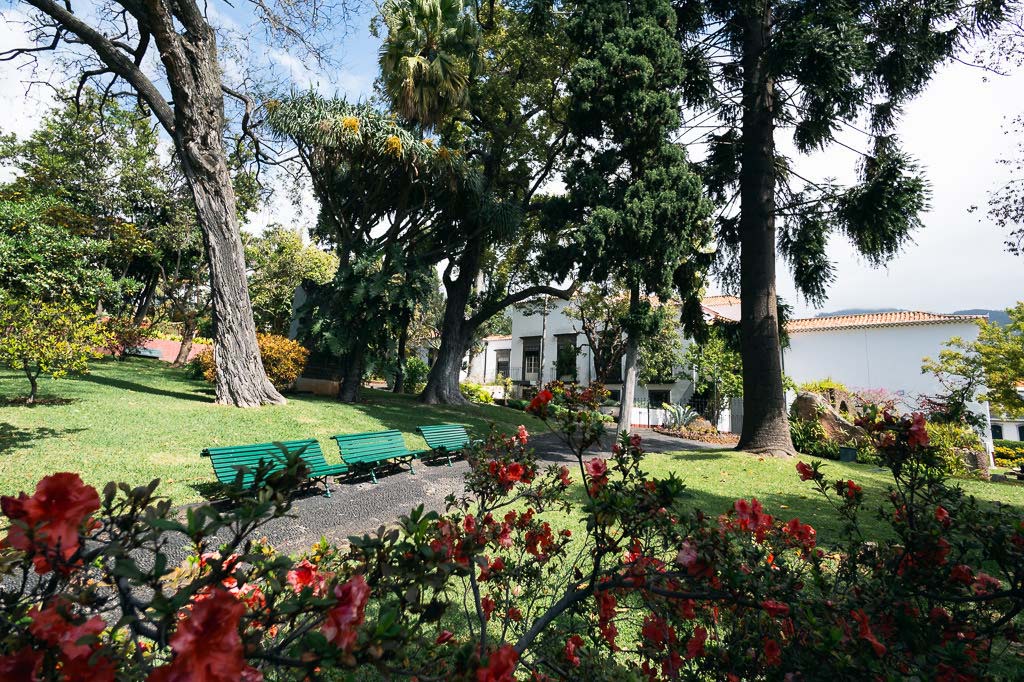
In Funchal, you can stop by the Quinta das Cruzes Museum. Housed in a 18th century mansion, it hosts a range of art, ceramics, jewellery and antiques. You can also walk around the small garden area. The museum will be on your way if you are walking to the São João Baptista fort.
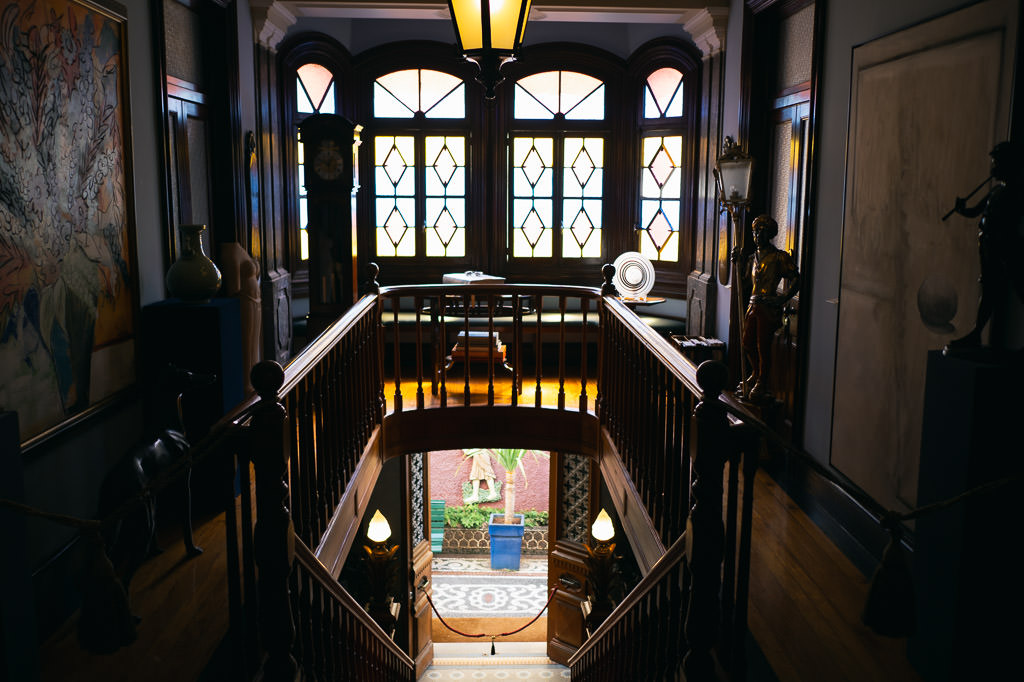
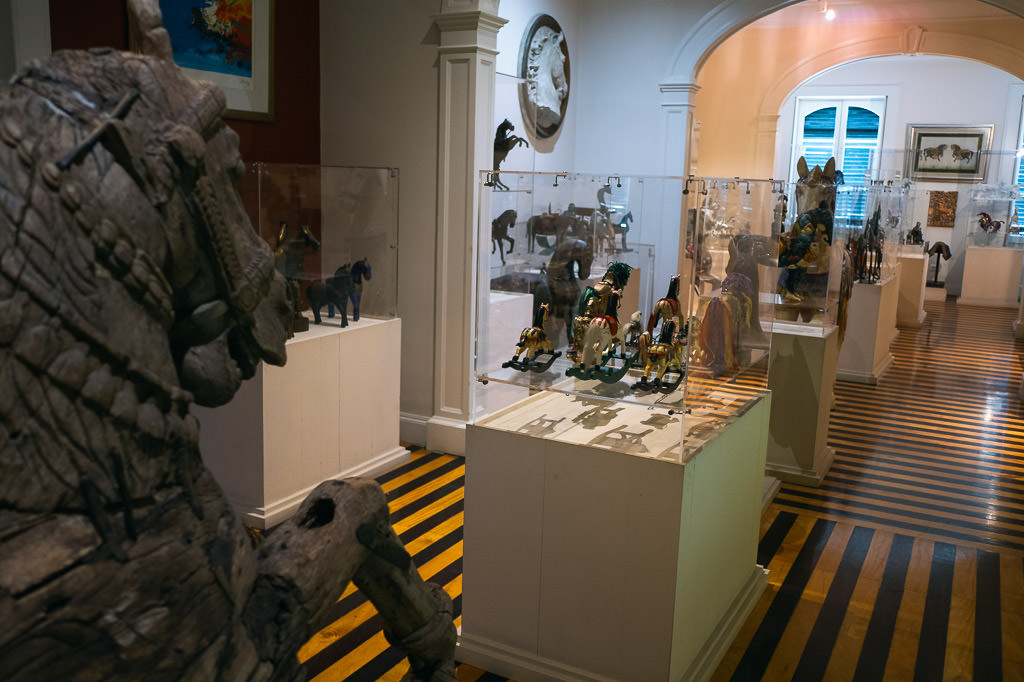
Just across the street from the Quinta das Cruzes Museum is the Universe of Memories. This small museum displays a wide-ranging private collection of João Carlos Abreu, a celebrated local poet, writer, and journalist. Some rooms show antiques and souvenirs brought from his travels around the world, while others contain quirky collections, such as an elaborate assortment of men’s ties.
If you like quirky or unusual sights, then the Universe of Memories can be quite a fun stop along the way.

